A bulging phone case, a warped power tool, or a strange, sweet chemical smell from your favorite gadget—these are the signs of a lithium-ion battery leak.
Unlike the crusty residue from old alkaline batteries, a failing Li-ion battery often swells up due to internal gas buildup.
This isn't just a cosmetic issue; it's a critical safety warning that the battery's integrity is compromised.
This guide will show you exactly what to look for and how to respond.
Table of Contents
- What Does a Li-Ion Battery Leak Actually Look Like?
- Why Do Lithium-Ion Batteries Swell or Leak?
- Is a Leaking or Swollen Li-Ion Battery Dangerous?
- What Should I Do With a Damaged Lithium-Ion Battery?
- How Can You Prevent Lithium-Ion Battery Leaks?
- Why Choose EBL for a Safer Power Experience?
- Wrapping Up
- FAQ
What Does a Li-Ion Battery "Leak" Actually Look Like?
When you hear "battery leak," you probably picture the white, corrosive fluff that used to destroy your TV remote. However, for the Li-ion batteries, the signs are different.
Swelling vs. Leaking
The most common sign of a Li-ion battery leak is not liquid, but gas.
As a lithium-ion battery fails, the chemical reactions inside start to go wrong, producing gas that can't escape.
This causes the battery's flexible pouch or metal case to swell up, creating what the tech community sometimes calls a "spicy pillow" or a puffy battery.
This swelling is a direct indicator of a potentially serious internal issue.
The Signs of a Failing Li-Ion Battery
A failing battery will often give you clear warnings before a catastrophic event.
- Visual Cues: Look for any physical deformity. This includes a bulging case, a warped shape, or a screen that is being pushed out of its frame.
- Audible & Olfactory Cues: You might hear a faint hissing sound as gas escapes. A distinct and unusual odor often accompanies this; sometimes described as sweet, metallic, or similar to nail polish remover.
- Tactile Cues: The battery or device feels unusually hot to the touch, even when it's powered off and hasn't been charging.
Spotting these signs is the first step. The next step is figuring out what went wrong in the first place.
Also read:
Are Lithium-Ion Batteries Safe?
Why Do Lithium-Ion Batteries Swell or Leak?
A battery doesn't just fail without a reason. These powerful cells are precision-engineered, and when they start to swell, it’s a sign that something has gone wrong internally. Most of the time, the Li-ion battery leak comes down to one of the following common culprits.
1. Overcharging
This is a big one. When a battery is charged beyond its capacity, the excess energy can trigger unwanted chemical reactions, producing gas and heat.
This is often caused by a low-quality or incompatible charger that lacks the proper circuitry to stop when the battery is full. A smart charger is your battery's best friend.
2. Physical Damage
Ever dropped your phone or a power tool?
A hard impact can damage the delicate, paper-thin separators between the internal layers of the battery.
This can create a tiny, internal short circuit, leading to heat, gas, and swelling.
3. Extreme Temperatures
Heat is the enemy of a healthy battery.
Leaving a device in a hot car or direct sunlight can greatly accelerate the natural aging process and boost internal pressure.
This deterioration can eventually cause failure.
4. Manufacturing Defects
Although rare, sometimes a battery fails because of a tiny defect from manufacturing.
That's why it's crucial to choose a brand with decades of experience and strict quality control.
5. Age and Cycle Count
Like any consumable, batteries have a finite lifespan. With each charge and discharge cycle, a tiny amount of capacity is lost.
After hundreds of cycles, the internal components degrade, increasing the risk of failure.
Is a Leaking or Swollen Li-Ion Battery Dangerous?
Let's be direct: yes.
A swollen or leaking lithium-ion battery is dangerous, and you should handle it with extreme caution. That gentle swelling is a sign of a volatile situation inside the battery's casing.
Here is what you need to be aware of.
The Risk of Thermal Runaway
The primary danger from a failed Li-ion battery is a phenomenon called thermal runaway.
- A Self-Sustaining Chain Reaction
Think of thermal runaway as a chemical chain reaction that sustains itself.
An internal short circuit causes a spot to heat up, which speeds up the chemical reaction, generating more heat, and the cycle continues.
This process can occur in seconds, swiftly raising the internal temperature and pressure.
- Fire and Smoke Hazards
As the pressure builds, the battery will vent hot, flammable electrolyte gas.
If this gas ignites from the heat or a spark, it can result in a fire, smoke, and in severe cases, a small explosion.
This is why the design and safety of EBL batteries are our top priorities, undergoing rigorous testing against impacts, heat, and short circuits.
Health and Environmental Hazards
Beyond the fire risk, the vented materials themselves pose a problem.
- Chemical Exposure
The sweet-smelling gas and any liquid from a lithium-ion battery leak are solvents and electrolyte salts.
These can cause skin, eye, and respiratory irritation.
You should avoid direct contact and ensure the area is well-ventilated.
- Proper Disposal is Key
While modern rechargeable batteries like Ni-MH and Li-ion are designed to be environmentally friendly during their normal lifecycle, a failed battery can leak materials that are harmful if they enter the soil or water.
Proper disposal isn't just a suggestion; it's a responsibility. According to the U.S. Environmental Protection Agency, you should always take damaged batteries to a dedicated e-waste or hazardous waste collection site.
What Should I Do With a Damaged Lithium-Ion Battery?
If you've identified a swollen or leaking battery, don't panic. The key is to act safely and deliberately to minimize any risk. As a team that handles batteries every day, we follow strict safety protocols, and you should too.
Immediate 4-Step Safety Action Plan
Follow these steps methodically.
Step #1: Stop Use & Unplug It Immediately
Turn off the device that the battery is in. If it’s charging, unplug it immediately. Do not attempt to use or charge it again. Continuing to use a damaged battery is the most common mistake and can accelerate failure.
Step #2: Isolate the Battery in a Safe, Non-Flammable Area
If you can safely remove the battery, place it in a non-flammable container like a metal can or a glass jar. Move it to a stable, secure spot away from anything combustible, like on a concrete patio or in a garage away from other items.
Step #3: Allow It to Cool Down Completely
Do not handle the battery further while it is hot. Let it sit and cool down completely on its own. This reduces the immediate risk of thermal runaway.
Step #4: Find a Proper E-Waste or Battery Recycling Center
Once cool, the battery needs to be disposed of correctly.
You should never throw batteries in the regular trash.
Search online for your local "e-waste" or "hazardous waste disposal" site to find a certified facility that can handle it.
What NOT to Do
What you don't do is just as important.
- Do Not Puncture the Battery: Never attempt to puncture, crush, or "relieve the pressure" from a swollen battery. This can cause an immediate and violent internal short circuit.
- Do Not Expose It to Water: Do not submerge the battery in water to cool it down. Lithium metal can have a dangerous reaction with water.
- Do Not Ship It: Never mail a damaged or recalled battery unless you have specific instructions and approved packaging from the manufacturer.
Safely dealing with a failed battery is reactive. Now, let's talk about being proactive to ensure this doesn't happen again.
How Can I Prevent Lithium-Ion Battery Leaks?
The best way to deal with a battery failure is to prevent it from ever happening, and you have more control over your battery’s health and longevity than you might think.
Handle Your Devices and Batteries with Care
This starts with the basics. Every battery, no matter how well-made, benefits from proper handling.
1. Avoid Physical Damage
Be mindful of dropping your devices or batteries. As we covered, a sharp impact is a primary cause of internal damage that can lead to failure.
2. Store Them Properly
If you plan to store batteries for an extended period, do so in a cool, dry place.
Storing batteries in high-temperature or high-humidity environments can corrode metal parts and accelerate self-discharge.
For optimal long-term storage, the ideal temperature is between -20°C and +25°C (-4°F to 77°F).
Leaving about 40% charge in the battery is also a great practice.
Use the Right Charging Equipment
Using a cheap, uncertified charger is one of the easiest ways to damage a high-quality battery.
A quality smart charger is a choice in safety, designed to prevent the overcharging that causes gas buildup.
EBL smart chargers, for instance, have features like temperature monitoring and automatic cut-offs to ensure a safe, full charge every time without risk.
Choose a Brand You Can Trust
EBL high-quality lithium-ion batteries contain a built-in Battery Management System (BMS). This tiny circuit board is the battery's brain, constantly monitoring it to prevent overcharging, over-discharging, and short circuits.
Why Choose EBL for a Safer Power Experience?
When you choose a battery, you're placing your trust in the engineering behind it. At EBL, we don't take that trust lightly.
20+ Year Commitment to Quality
We've been in the battery business since 1998, powering everything from the latest tech gadgets to essential household devices.
That's over two decades of refining our processes and materials.
We've seen technology evolve, and our commitment has remained the same: to provide reliable, high-performance batteries you can depend on.
This isn't just a business for us; it's our expertise.
EBL’s Safety Testing
Every EBL battery design goes through a battery of grueling tests to ensure it can stand up to real-world conditions. This isn't just a simple voltage check.
Our safety testing protocol includes:
- Overcharge and Over-discharge Tests: We push our batteries beyond their limits to ensure their protection circuits engage correctly.
- Short Circuit Testing: We create short circuits in a controlled environment to verify that the battery fails safely without fire or explosion.
- Impact and Crush Tests: Batteries are subjected to heavy impacts and crushing forces to simulate physical damage.
- Vibration and Drop Tests: We simulate the shaking and dropping that can happen during shipping or everyday use.
- Extreme Temperature and Humidity Testing: We expose them to heat, cold, and humidity to ensure stability in all conditions.
The EBL Ecosystem: Smarter Batteries, Smarter Chargers
We design our products to work together as a complete, reliable system. Pairing an EBL battery with an EBL smart charger ensures perfect compatibility.
Our chargers feature multiple protection systems—like short circuit, overload, and temperature monitoring—to guarantee a safe and efficient charge every time, prolonging your battery's lifespan and giving you total peace of mind.
This dedication to quality and safety is at the heart of everything we do, ensuring you can power your devices without worry.
Wrapping Up
A lithium-ion battery leak rarely involves liquid; it's the dangerous swelling or “puffing” you need to watch for. This is a clear sign to stop using the battery, handle it with care, and dispose of it properly.
While it’s important to know these safety steps, prevention is always the best strategy. By choosing well-engineered products from a brand with a proven track record of quality and rigorous testing, you drastically minimize your risk.
At EBL, our goal is to ensure that every time you power on a device, you can do it with complete confidence. When you’re ready for a safer, more dependable power source, we invite you to explore EBL battery solutions.
FAQ
What happens if a lithium-ion battery gets punctured?
Puncturing a lithium-ion battery can cause an internal short circuit, leading to a rapid increase in heat known as thermal runaway, which may result in fire and smoke. For this reason, you should never intentionally puncture a battery.
What does a punctured lithium-ion battery smell like?
A punctured or leaking lithium-ion battery often emits a distinct, sweet, and metallic chemical odor, sometimes compared to nail polish remover. If you smell this, it's a clear sign the battery's seal has been compromised.
Do batteries still work if they leak?
Even if a leaking or swollen battery still provides power, you should stop using it immediately. Continuing to use a damaged battery is extremely dangerous and significantly increases the risk of a fire.
What batteries are most likely to leak?
Older battery types like alkaline and carbon-zinc are known for leaking a white, corrosive fluid as they age. Modern lithium-ion batteries are less likely to leak liquid; instead, their primary failure mode is swelling or "puffing up" from internal gas buildup.
What to do if a lithium-ion battery pops?
If you hear a "pop" from a battery, assume it has failed and move it to a safe, non-flammable area away from combustible materials, such as on a concrete surface. Do not attempt to charge or use it again, and let it cool completely before taking it to an e-waste disposal facility.
Is it safe to store lithium-ion batteries in the house?
Yes, it is safe to store lithium batteries in your house as long as they are kept in a cool, dry place away from direct sunlight, heat sources, and flammable materials. Avoid storing them in drawers with loose metal objects like keys or coins that could cause a short circuit.
Can I store lithium-ion batteries in the garage?
Storing batteries in a garage is only safe if the temperature remains stable and does not reach extremes. Garages that get very hot in the summer or freeze in the winter are not ideal, as temperatures above 45°C (113°F) or below -20°C (-4°F) can damage the battery and shorten its life.
Is it safe to sleep next to lithium-ion batteries?
It is not recommended to sleep next to any device while it is charging. Although failures are rare in high-quality batteries, it's always best practice to charge devices in a safe space where you can monitor them, not on your bed or next to your head.
What happens if you smell a lithium-ion battery?
Smelling the chemical odor from a lithium battery indicates that it has likely started to leak or vent flammable gas. You should avoid inhaling the fumes, ventilate the area immediately, and safely remove the battery.
What should you place in the plastic bag with a leaking lithium-ion battery?
You should never place a damaged or leaking lithium battery in a sealed plastic bag, as this can trap heat and gas. Instead, place the battery in a non-flammable container, such as a metal can or glass jar, preferably with sand or cat litter to absorb any potential material.

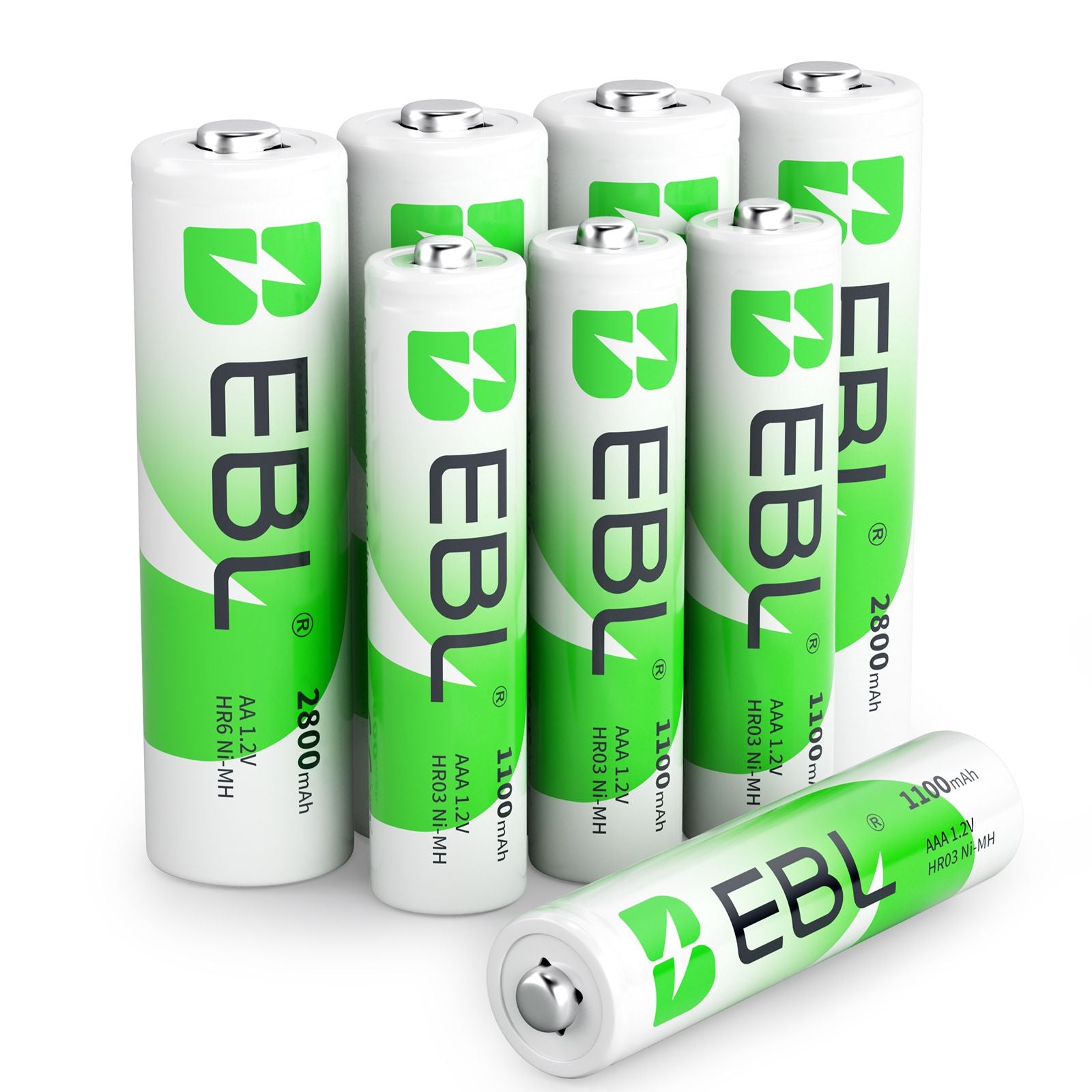

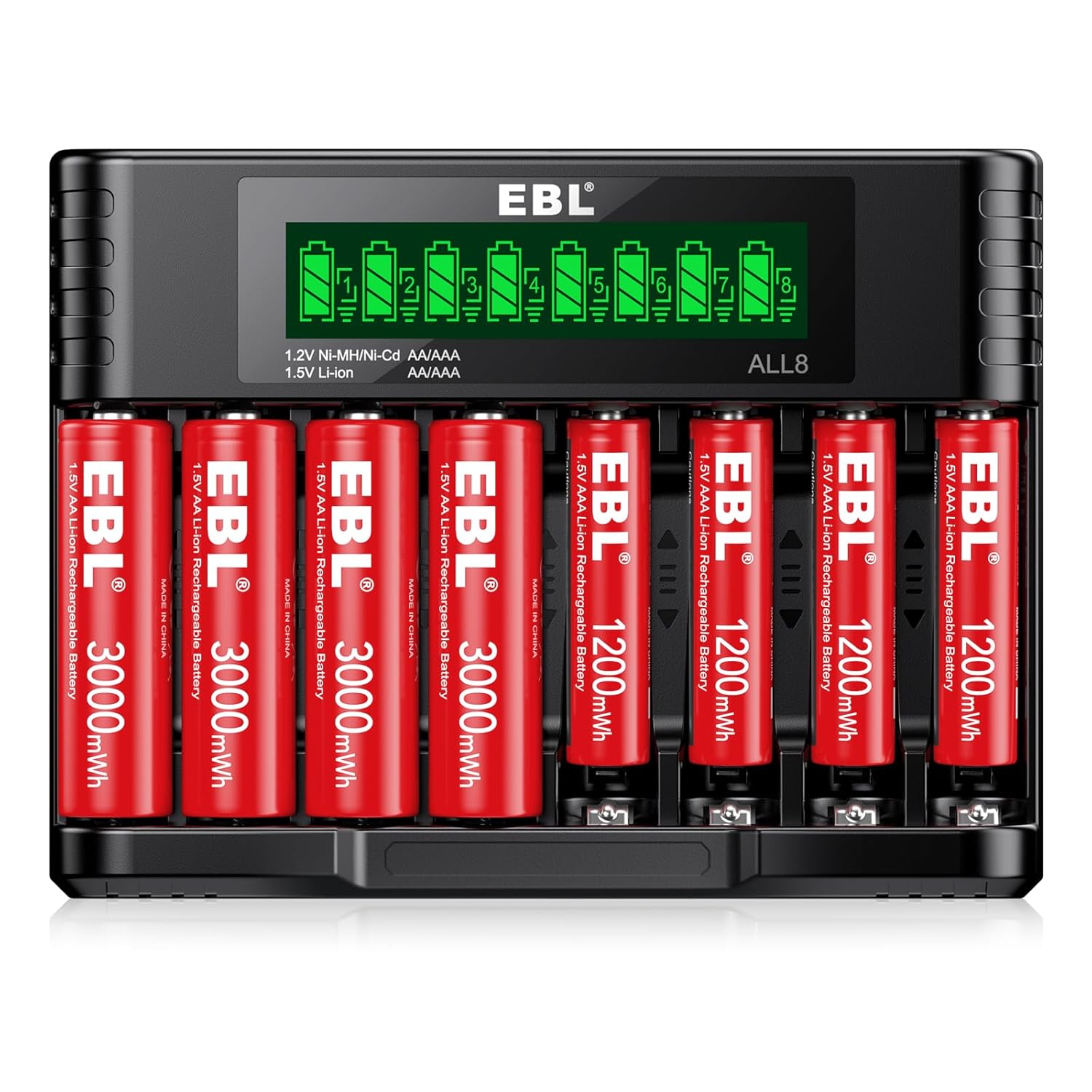
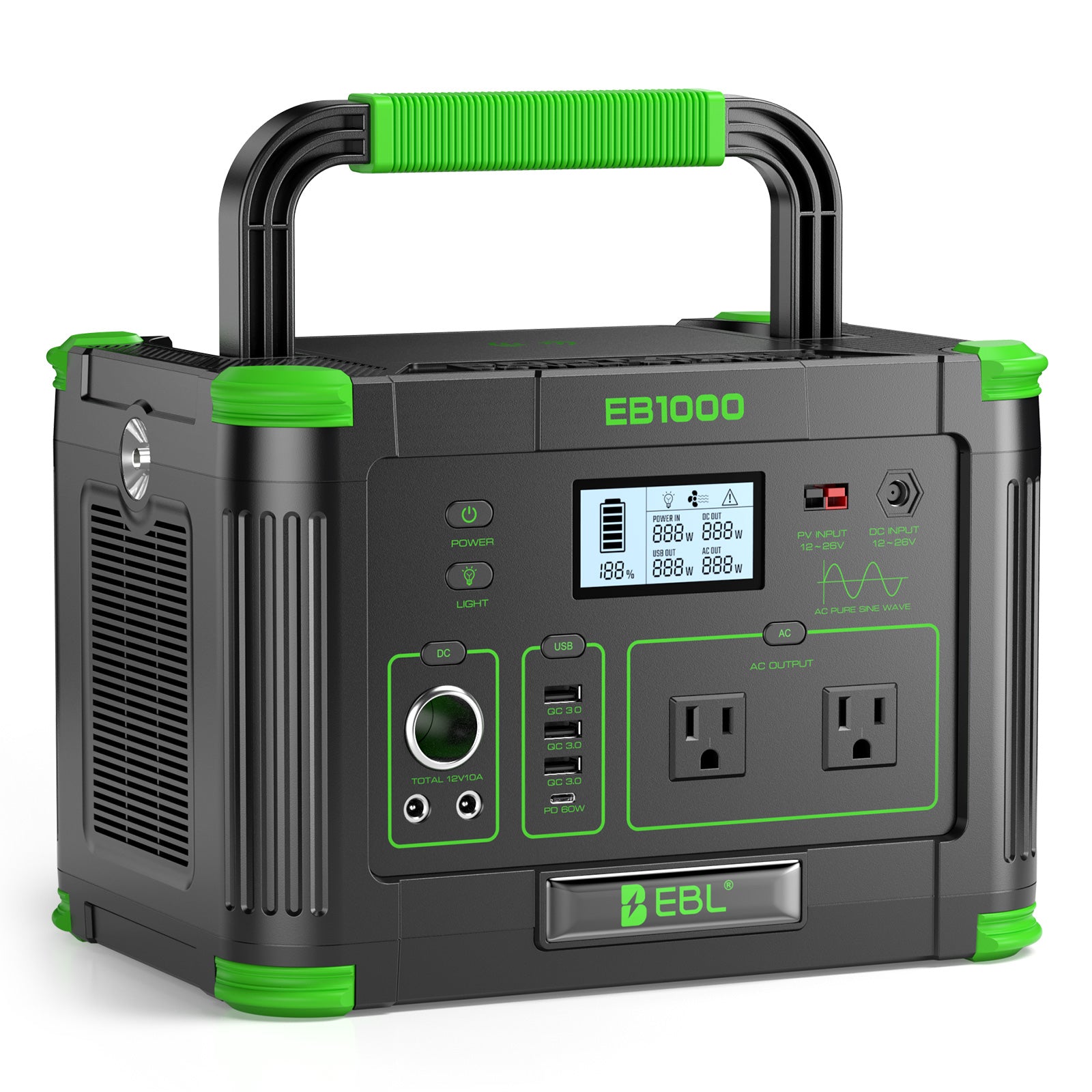
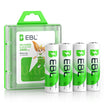
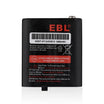
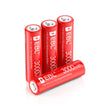
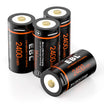
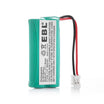
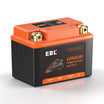
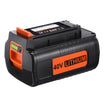
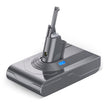
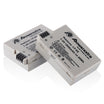
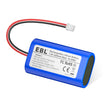
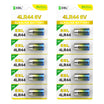
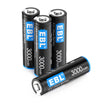
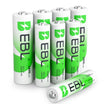
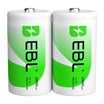
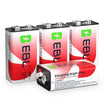

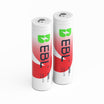
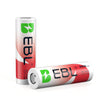
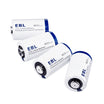
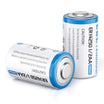
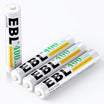
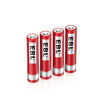
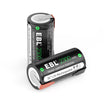
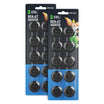
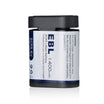
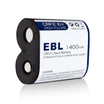
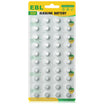
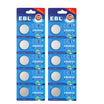
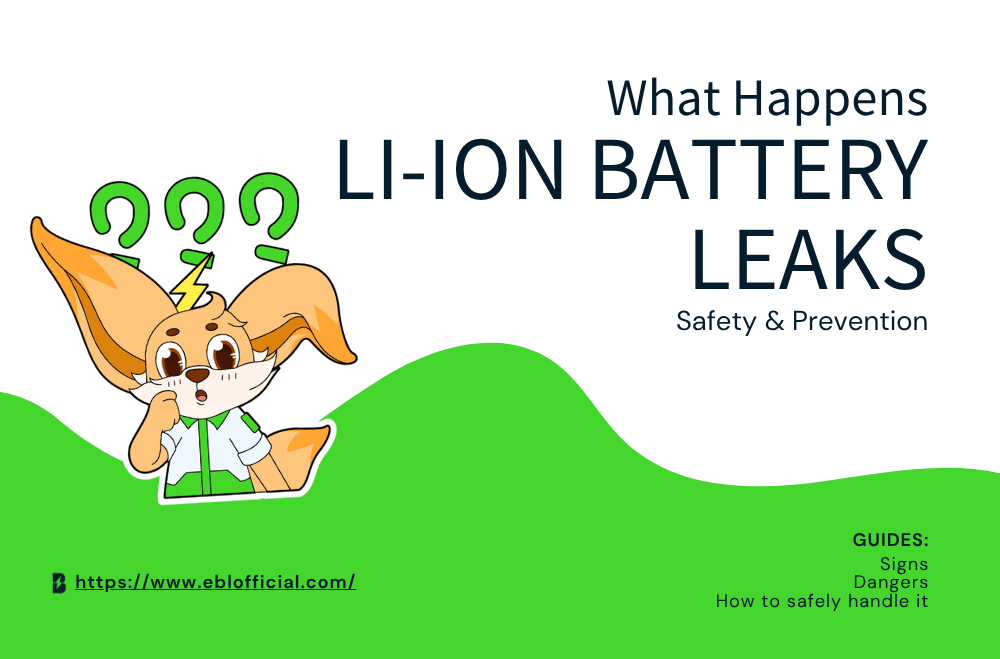
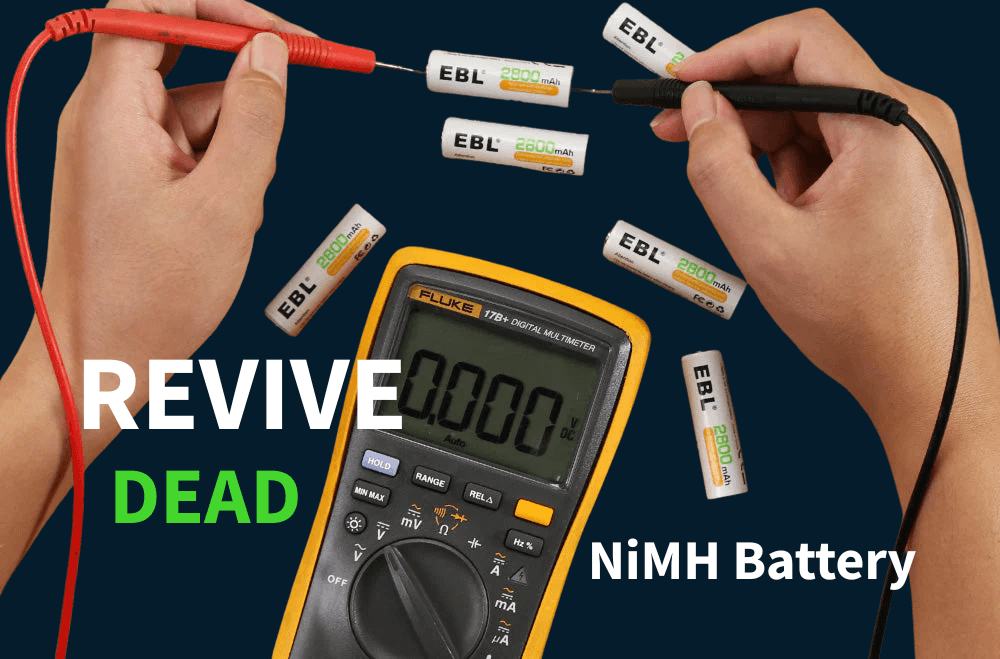
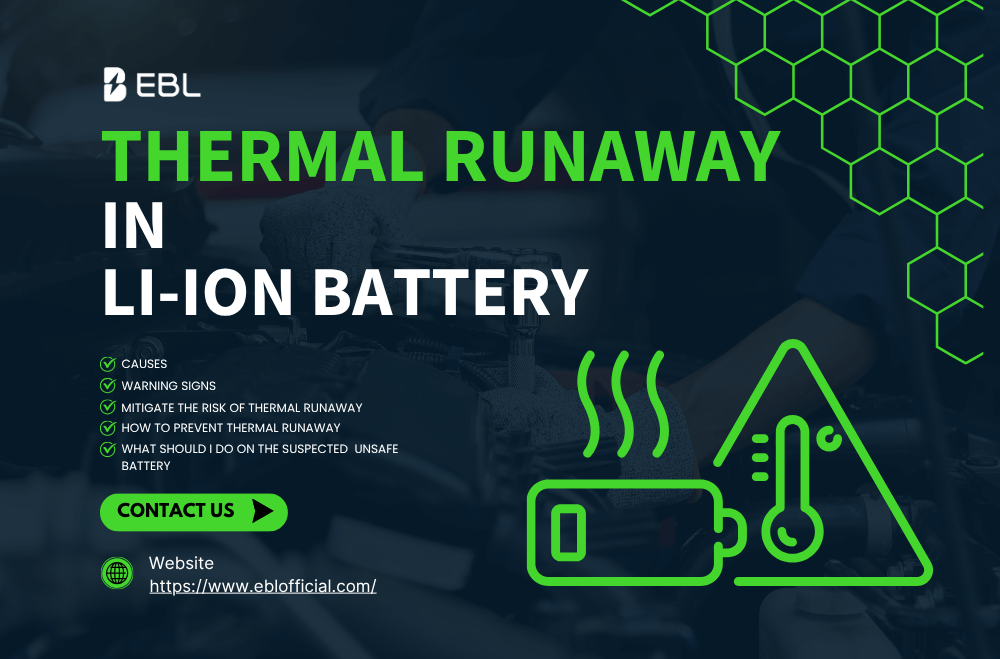

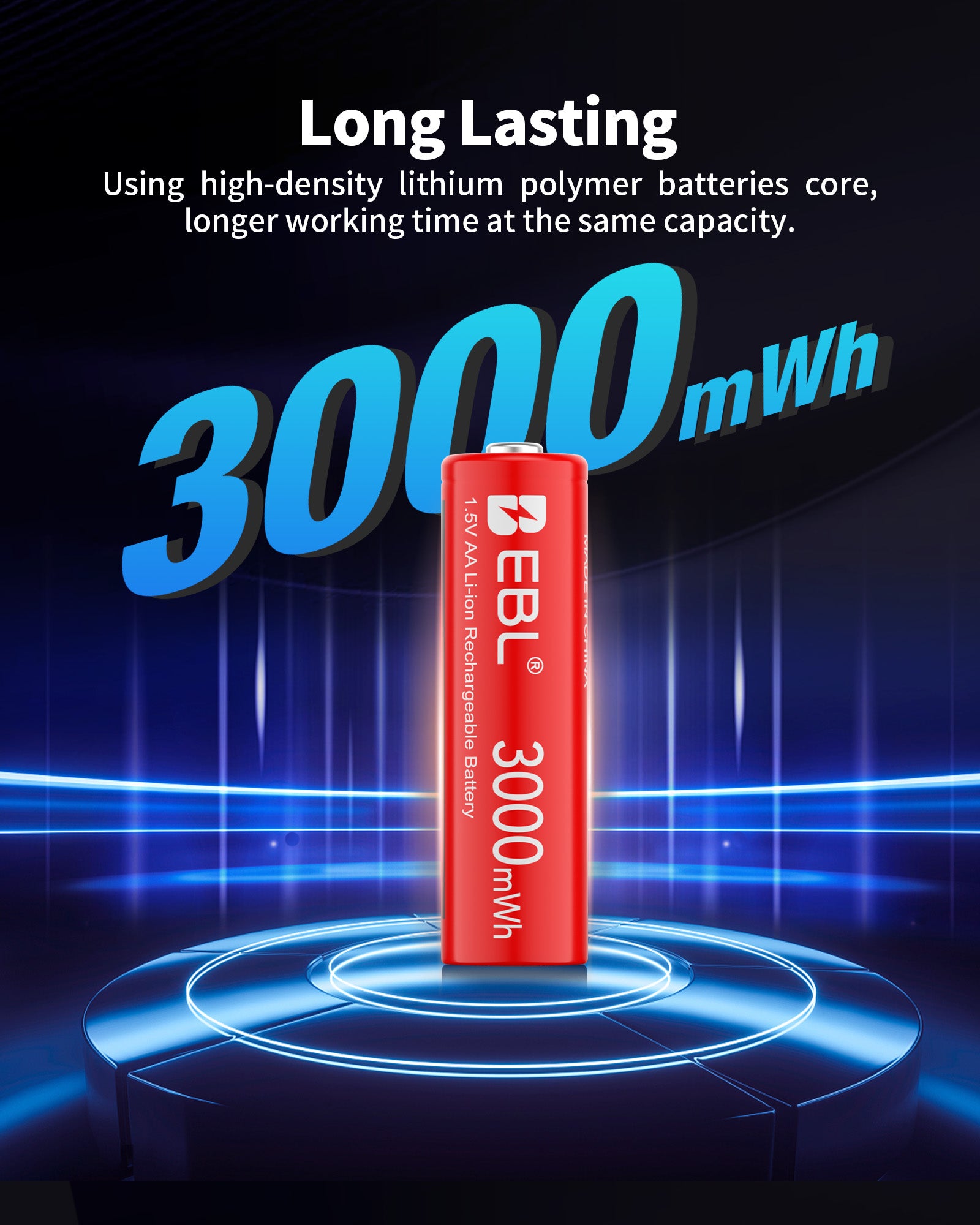
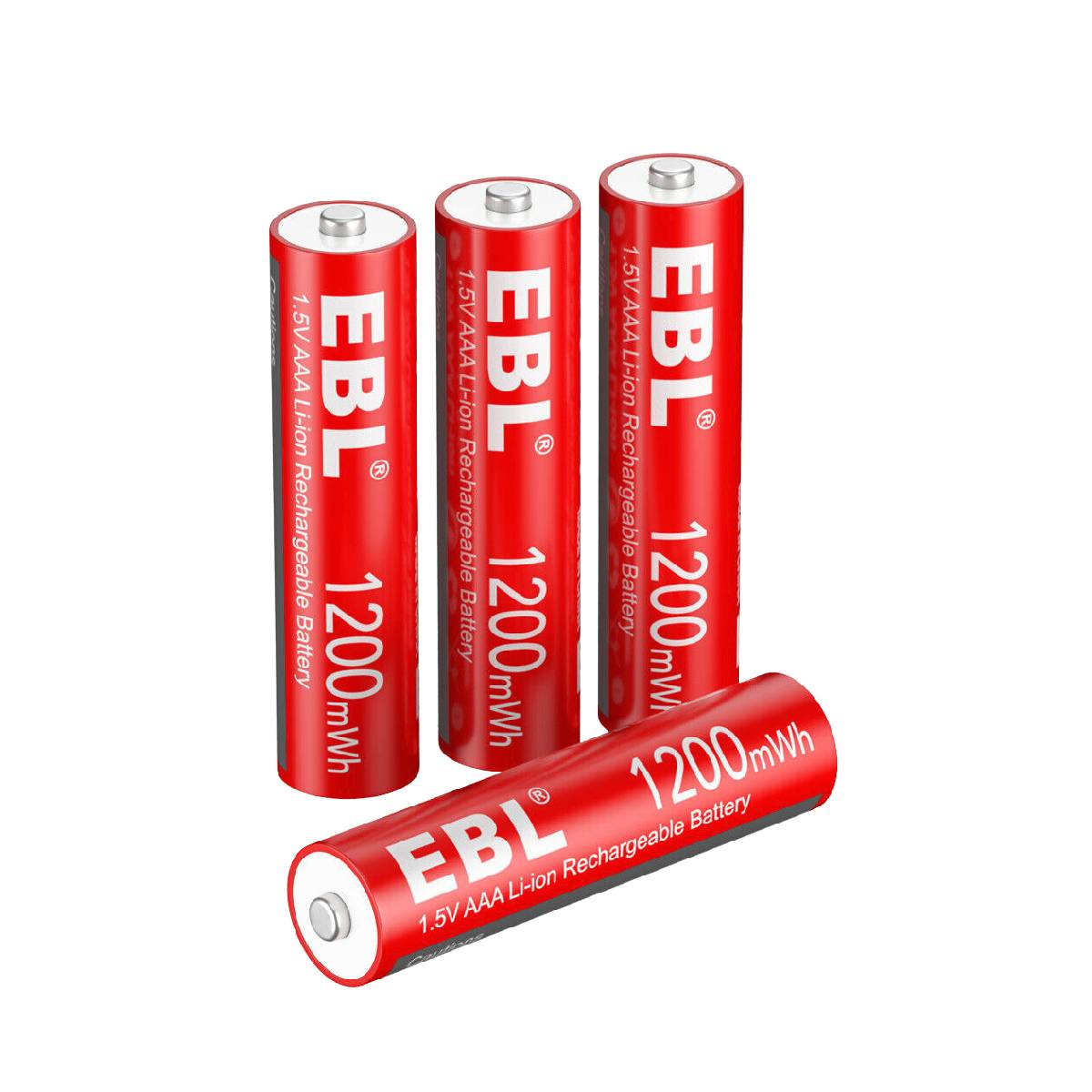
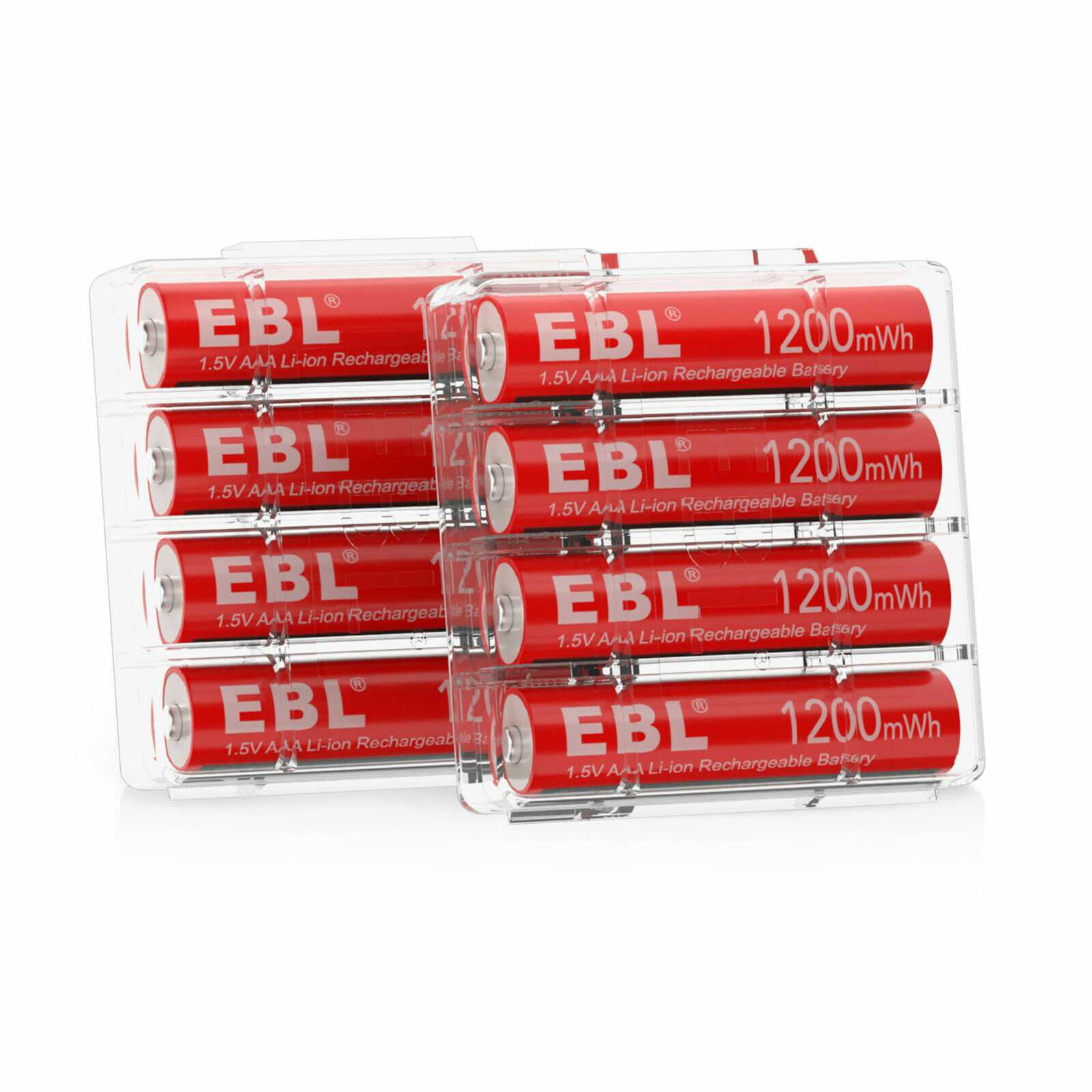
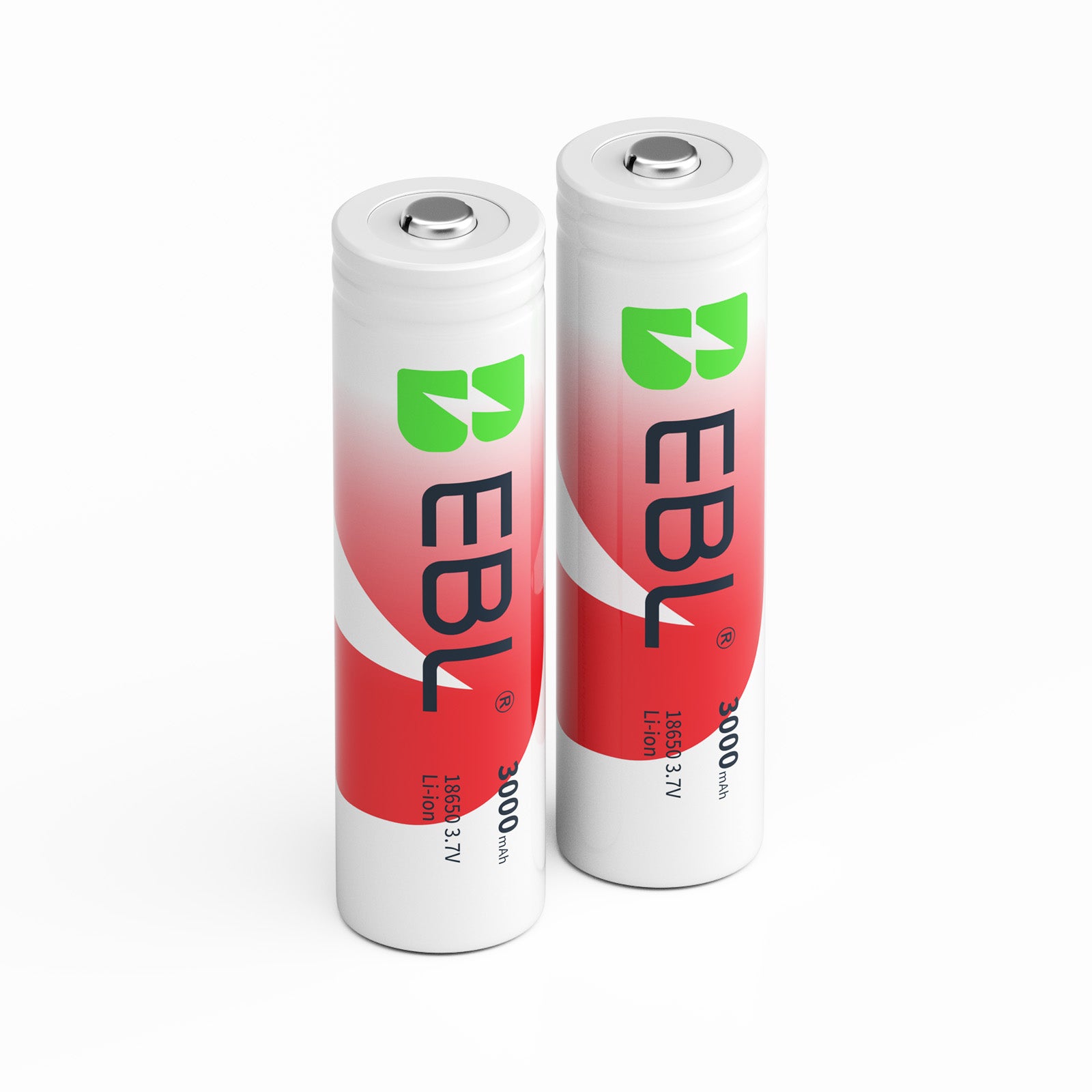
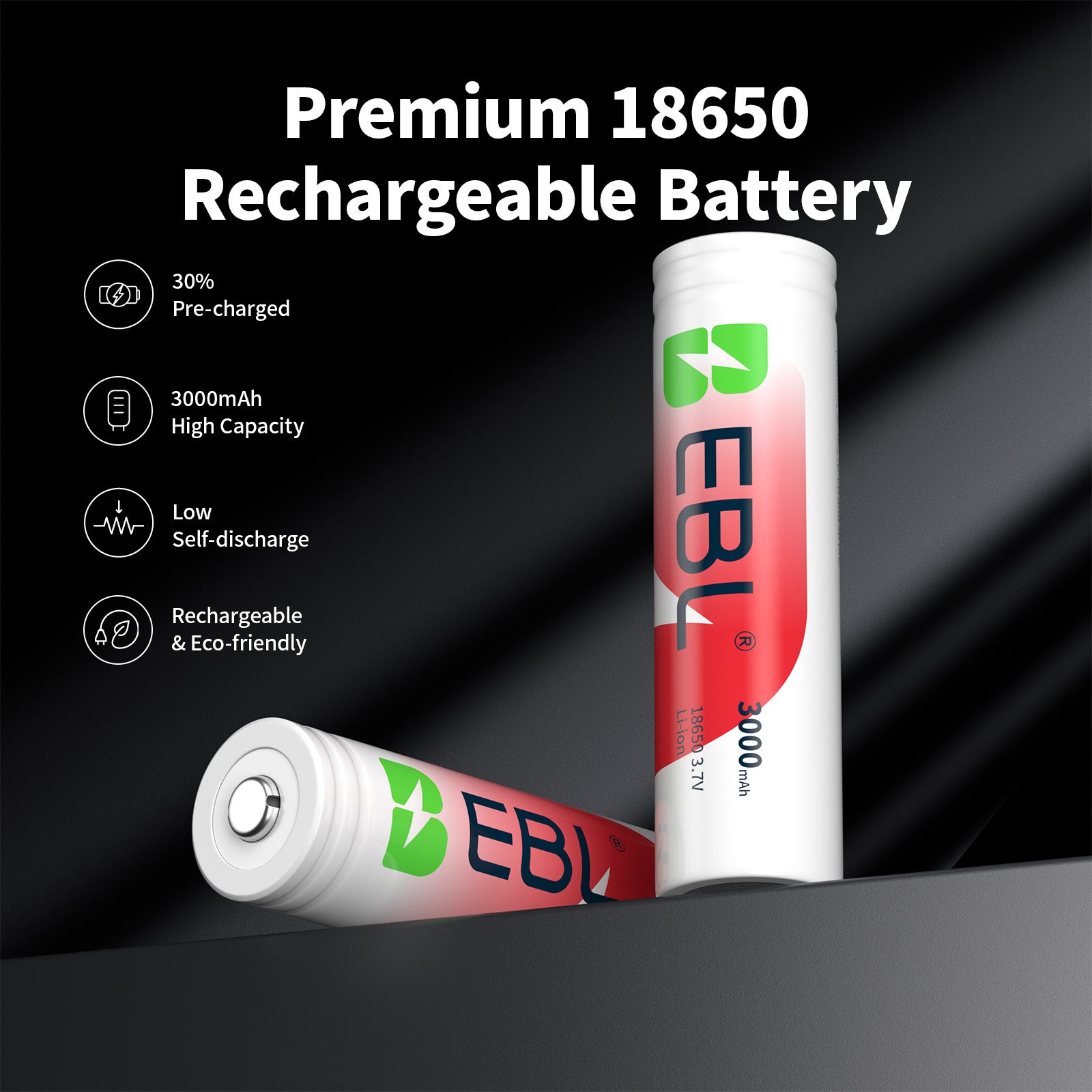
Leave a comment
All comments are moderated before being published.
This site is protected by hCaptcha and the hCaptcha Privacy Policy and Terms of Service apply.